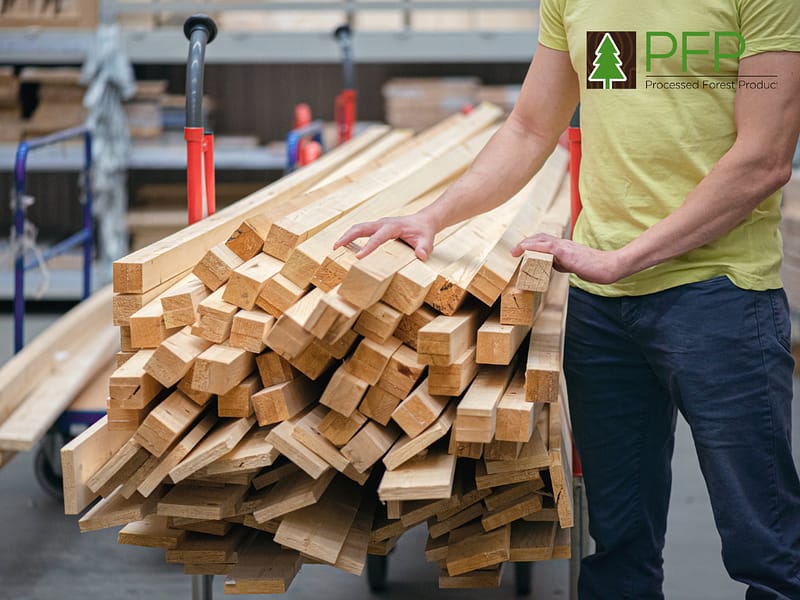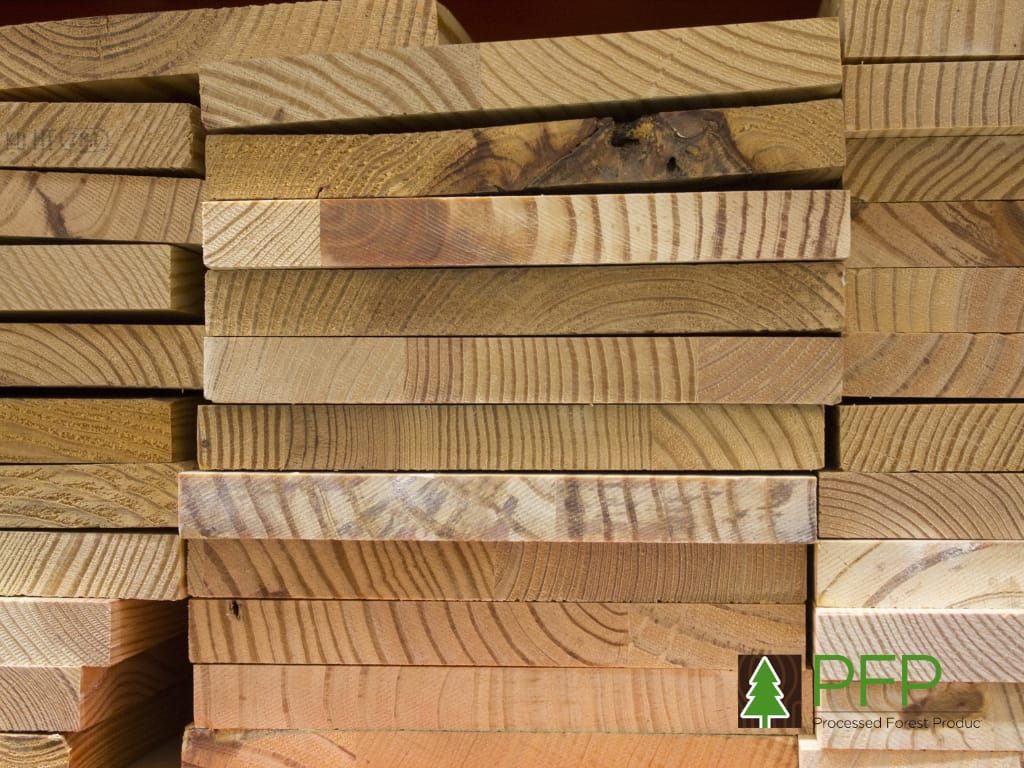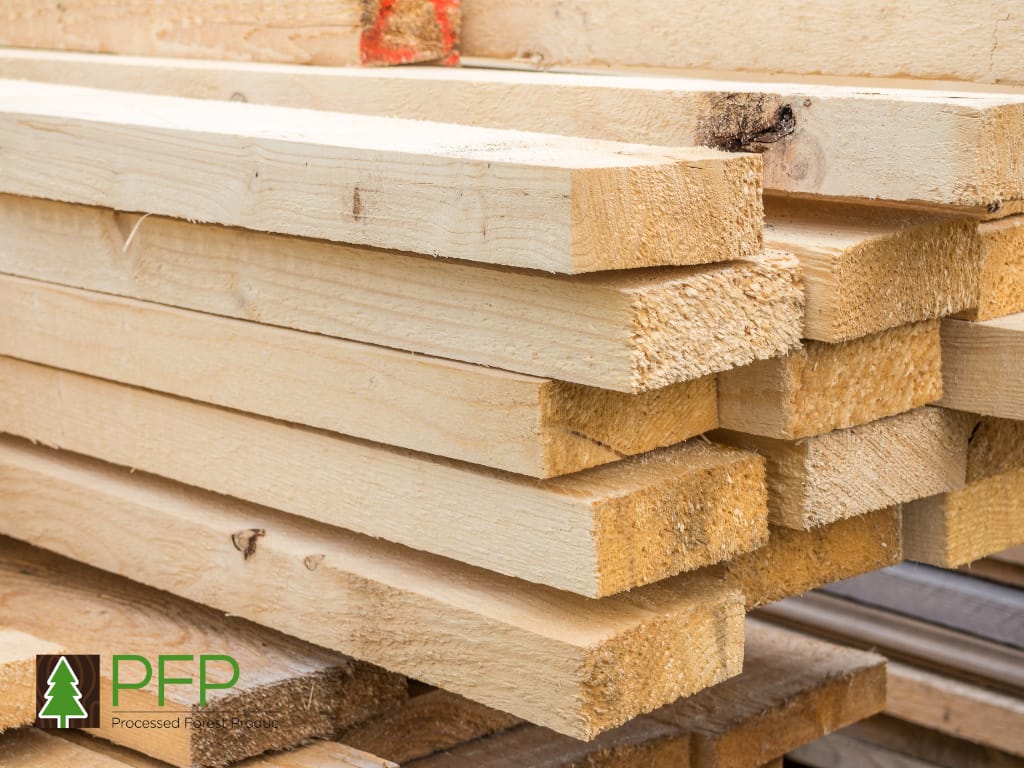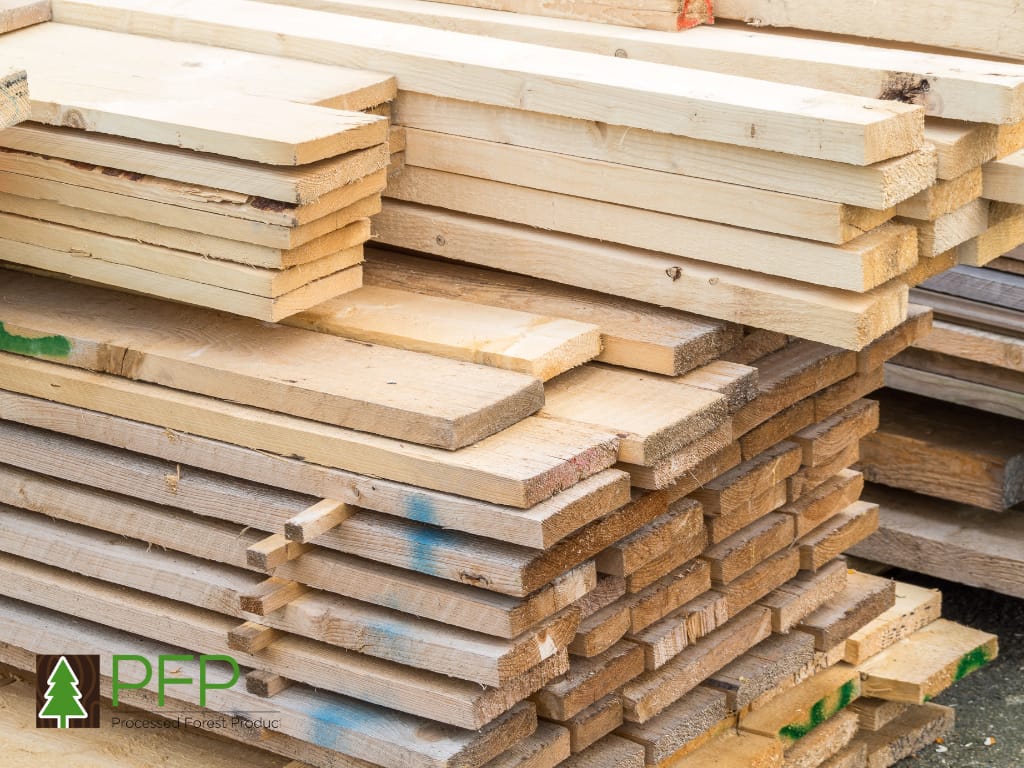Timber veneer has gained immense popularity in recent years due to its versatility and aesthetic appeal. It is widely used in furniture, cabinetry, wall paneling, and various interior design projects. Unlike solid wood, timber veneer is a thin slice of natural wood applied to a substrate, offering the beauty of wood at a fraction of the cost. This makes it an ideal choice for achieving high-end looks while remaining budget-friendly.
Importance of Understanding the Different Types of Timber Veneer Available from Suppliers
Understanding the different types of timber veneer suppliers is crucial for selecting the right material for your project. Each type of veneer has unique characteristics and benefits that make it suitable for specific applications. By familiarizing yourself with these options, you can make informed decisions that enhance the functionality and aesthetics of your designs.
Common Types of Timber Veneer
Oak Veneer
Oak veneer is known for its strong, durable, and timeless appeal. It has a prominent grain pattern and comes in a variety of shades, ranging from light to medium brown. This type of veneer is often used in furniture, cabinetry, and flooring due to its versatility and classic look.
Benefits of Using Oak Veneer
- Durability: Oak veneer is highly durable and resistant to wear, making it an excellent choice for high-traffic areas.
- Aesthetic Appeal: Its natural grain and color variations add a touch of elegance to any project.
- Versatility: Oak veneer can be stained or finished in various ways to match different design styles.
Walnut Veneer
Walnut veneer is prized for its rich, dark color and fine, straight grain. It is commonly used in high-end furniture, cabinetry, and decorative panels. Walnut veneer adds a touch of sophistication and warmth to any space.
Benefits of Using Walnut Veneer
- Luxurious Appearance: The deep, rich tones of walnut veneer create a luxurious and elegant look.
- Workability: Walnut veneer is easy to work with and finishes beautifully, making it a favorite among craftsmen.
- Durability: It is known for its strength and longevity, ensuring lasting beauty in your projects.
Exotic Timber Veneer Options
Teak Veneer
Characteristics and Typical Uses Teak veneer is renowned for its golden-brown color and natural oil content, which makes it highly resistant to moisture and decay. It is often used in marine applications, outdoor furniture, and high-end cabinetry.
Benefits of Using Teak Veneer
- Moisture Resistance: Teak’s natural oils provide excellent protection against moisture, making it ideal for humid environments.
- Durability: It is incredibly durable and can withstand harsh conditions, ensuring long-lasting performance.
- Aesthetic Appeal: The rich, warm tones of teak veneer add a touch of luxury to any project.
Ebony Veneer
Ebony veneer is known for its deep, dark color and smooth, fine grain. It is commonly used in luxury furniture, musical instruments, and high-end decorative applications. Ebony veneer adds a dramatic and sophisticated touch to any design.
Benefits of Using Ebony Veneer
- Distinctive Appearance: The dark, almost black color of ebony veneer creates a striking and elegant look.
- Durability: It is extremely hard and durable, making it suitable for both functional and decorative uses.
- Versatility: Ebony veneer can be used in a variety of applications, from furniture to intricate inlays.
Specialty Timber Veneer
Figured Veneer (e.g., Birdseye Maple, Quilted Maple)
Unique Features and Applications Figured veneers, such as Birdseye Maple and Quilted Maple, are known for their unique grain patterns and visual interest. These veneers are often used in high-end furniture, musical instruments, and decorative panels to create eye-catching designs.
Benefits of Using Figured Veneer
- Aesthetic Appeal: The unique and intricate grain patterns of figured veneers add a touch of luxury and artistry to any project.
- Versatility: Figured veneers can be used in various applications, from fine furniture to detailed inlays.
- Value Addition: Using figured veneers can significantly enhance the perceived value of your products.
Bamboo Veneer
Characteristics and Typical Uses Bamboo veneer is an eco-friendly alternative to traditional wood veneers. It has a light color and uniform grain, making it suitable for modern and contemporary designs. Bamboo veneer is commonly used in furniture, cabinetry, and wall paneling.
Benefits of Using Bamboo Veneer
- Sustainability: Bamboo is a rapidly renewable resource, making it an environmentally friendly choice.
- Durability: Bamboo veneer is strong and resistant to wear, ensuring long-lasting beauty and functionality.
- Aesthetic Appeal: The clean, uniform appearance of bamboo veneer adds a modern and sleek look to any project.
Custom and Reconstituted Timber Veneer
Custom Veneer Options
Customization Possibilities Offered by Suppliers Custom timber veneer options allow you to tailor the veneer to meet specific project requirements. Suppliers can create bespoke veneers by:
- Selecting Specific Species: Choose from a wide variety of wood species to achieve the desired look and characteristics.
- Custom Cuts and Patterns: Request unique cuts, such as book matching, slip matching, or end matching, to create specific grain patterns.
- Special Finishes: Apply custom stains, finishes, and treatments to match the aesthetic preferences and functional needs of the project.
Benefits of Choosing Custom Veneer
- Personalization: Custom veneers provide a unique and personalized touch to your project, ensuring that it stands out.
- Precision Matching: Achieve precise color and grain matching, essential for large projects or when integrating with existing woodwork.
- Enhanced Value: Custom veneers can significantly increase the aesthetic and monetary value of the final product, making it more appealing to clients or buyers.
5.2 Reconstituted Veneer
What is Reconstituted Veneer? Reconstituted veneer, also known as engineered or man-made veneer, is crafted from fast-growing tree species that are dyed, layered, and compressed to mimic the appearance of more expensive or rare woods. This process allows for consistent grain and color, making it an attractive option for various applications.
Advantages and Applications of Reconstituted Veneer
- Consistency: Reconstituted veneers offer uniformity in color and grain, which is ideal for large-scale projects or mass production.
- Sustainability: These veneers are often made from sustainable and fast-growing wood sources, reducing the environmental impact.
- Cost-Effectiveness: Reconstituted veneers are typically less expensive than natural exotic woods, making them a budget-friendly option.
- Versatility: Used in furniture, cabinetry, wall paneling, and more, reconstituted veneers provide a wide range of design possibilities without the limitations of natural wood.
Selecting the Right Timber Veneer for Your Project
Factors to Consider
Project Requirements and Aesthetic Preferences When selecting timber veneer, consider the specific needs of your project:
- Design Goals: Determine the visual effect you want to achieve, including color, grain pattern, and texture.
- Application: Choose a veneer type suitable for the intended use, whether it’s for high-traffic areas, decorative elements, or structural components.
Durability and Maintenance Needs Evaluate the durability and maintenance requirements of different veneer types:
- Wear Resistance: Select veneers that can withstand the level of wear and tear expected in the application.
- Maintenance: Consider how easy it is to clean and maintain the veneer, especially in commercial or high-use settings.
Working with Timber Veneer Suppliers
Tips for Communicating with Suppliers Effective communication with your timber veneer supplier ensures you get the best quality and service:
- Provide Clear Specifications: Clearly outline your project requirements, including species, cut, finish, and quantity.
- Ask for Samples: Request samples to evaluate the veneer’s appearance and quality before making a bulk purchase.
- Discuss Lead Times: Understand the supplier’s lead times to plan your project schedule accordingly.
Ensuring Quality and Consistency in Your Veneer Selection To ensure you receive high-quality veneer:
- Check Certifications: Look for suppliers who provide certified veneers, indicating sustainable sourcing and quality standards.
- Inspect Deliveries: Upon receipt, inspect the veneer for consistency in color, grain, and overall quality.
- Build Relationships: Establish a good relationship with your supplier for ongoing support and potential custom orders.
Conclusion
Exploring the wide range of timber veneer options can help you find the perfect material for your project, whether you’re working on furniture, cabinetry, or interior design elements. By understanding the various types and their specific advantages, you can make informed decisions that enhance both the functionality and aesthetics of your designs. Partnering with reputable timber veneer suppliers ensures you receive high-quality materials that meet your exact specifications, contributing to the success and appeal of your projects.








